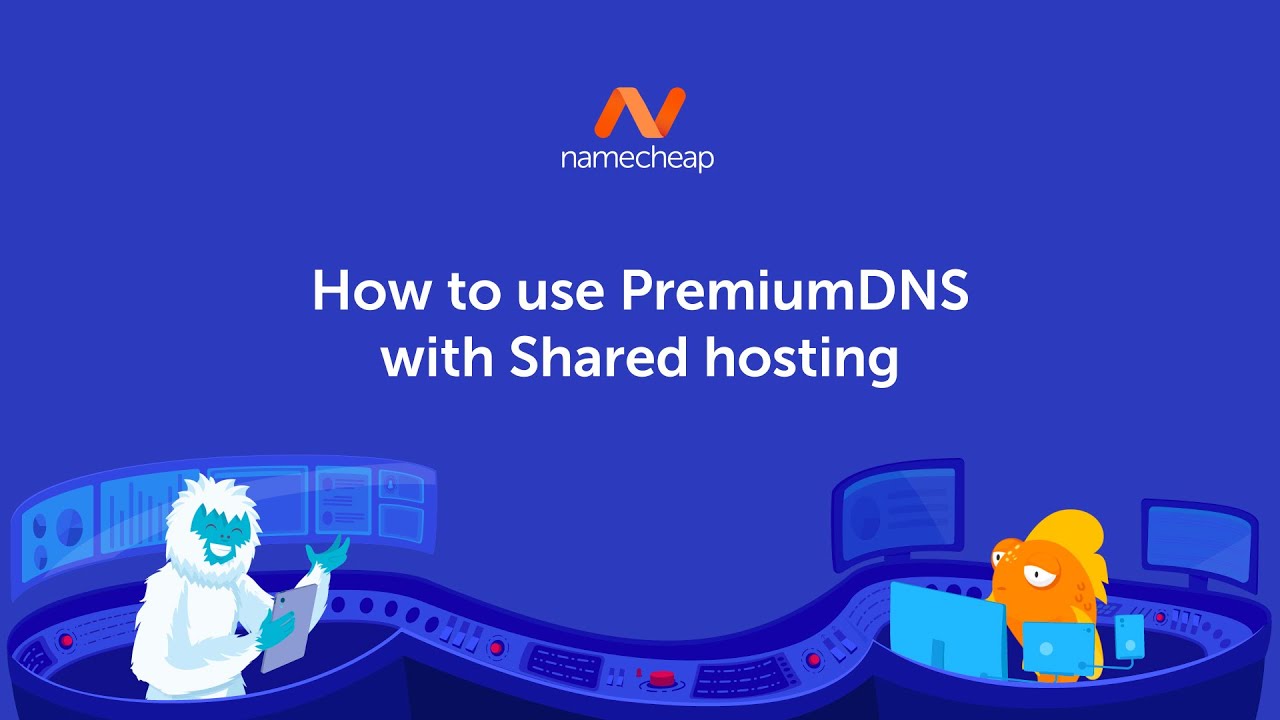
Are you looking to enhance the performance and security of your website hosted on a shared hosting plan? PremiumDNS could be the solution you need. In this article, we will explore how you can use PremiumDNS with shared hosting to improve your website’s reliability, speed, and security.
### What is PremiumDNS?
PremiumDNS is a premium Domain Name System (DNS) service that offers advanced features compared to standard DNS services. DNS is like the phonebook of the internet, translating domain names into IP addresses to connect users to the correct web servers. With PremiumDNS, you can benefit from faster DNS resolution, improved website availability, and enhanced security features.
### Why use PremiumDNS with Shared Hosting?
Shared hosting is a cost-effective option for hosting websites, where multiple websites share resources on the same server. However, shared hosting environments can sometimes suffer from performance issues due to resource sharing and security vulnerabilities. By using PremiumDNS with shared hosting, you can overcome these challenges and enjoy the following benefits:
1. **Improved Website Performance**: PremiumDNS can speed up DNS resolution, reducing the time it takes for users to access your website. Faster DNS resolution can lead to quicker website loading times and a better user experience.
2. **Enhanced Website Availability**: PremiumDNS offers a higher level of redundancy and reliability compared to standard DNS services. This means that your website will be less likely to experience downtime due to DNS-related issues.
3. **Advanced Security Features**: PremiumDNS includes security features such as DNSSEC (Domain Name System Security Extensions) to protect your website from DNS spoofing and other types of attacks. By using PremiumDNS, you can enhance the security of your website hosted on a shared server.
### How to Use PremiumDNS with Shared Hosting
To use PremiumDNS with shared hosting, follow these steps:
1. **Sign up for PremiumDNS**: Purchase a PremiumDNS subscription from a reputable DNS service provider. Some popular providers include Cloudflare, DNS Made Easy, and Dyn.
2. **Configure DNS Settings**: Once you have signed up for PremiumDNS, you will need to configure your domain’s DNS settings. This typically involves updating the nameservers for your domain to point to the PremiumDNS nameservers provided by your DNS service provider.
3. **Update DNS Records**: After configuring the nameservers, you may need to update your DNS records to ensure that your website functions correctly with PremiumDNS. This may include adding A records, CNAME records, MX records, and other DNS records as needed


